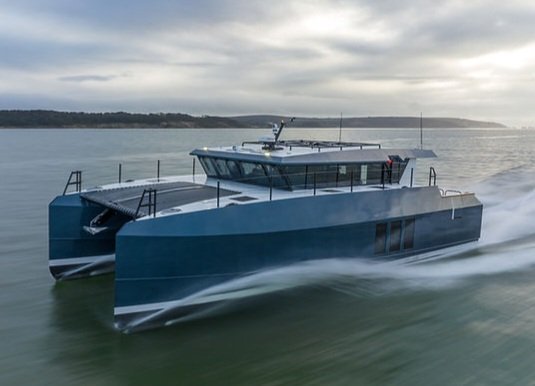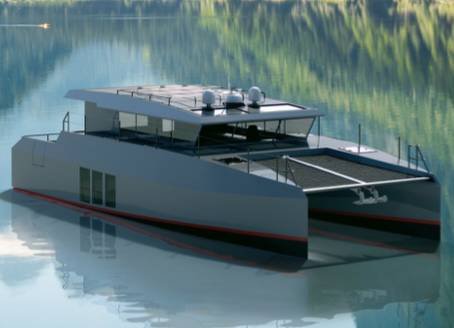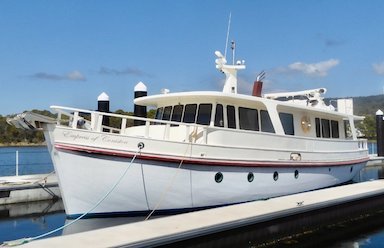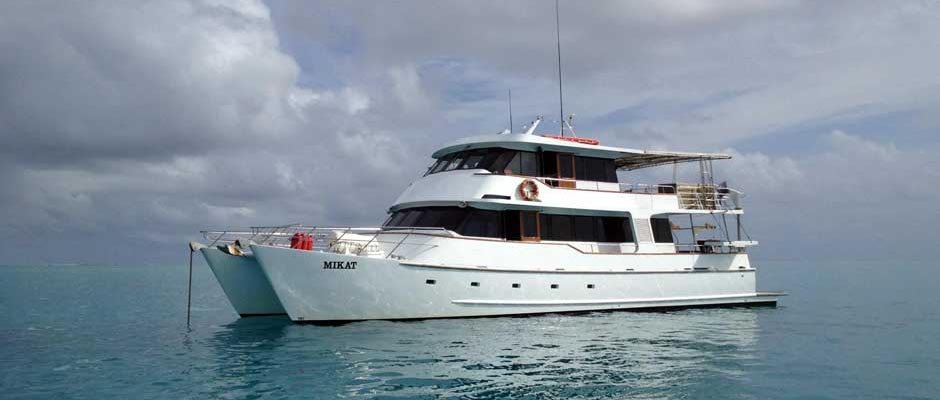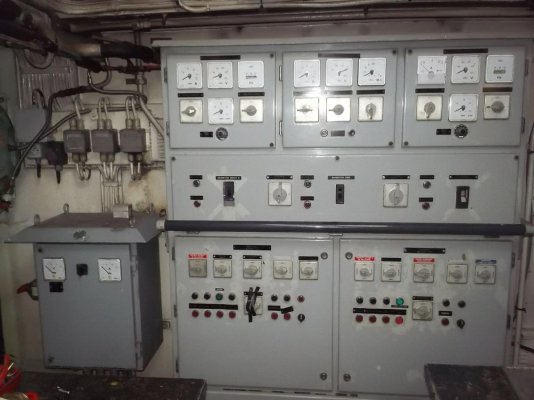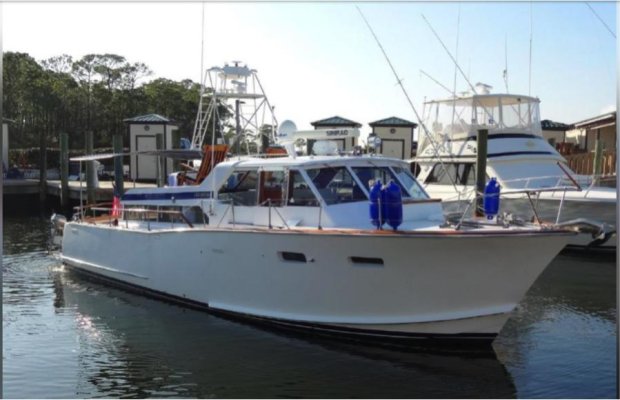With all due respect, this is hyperbole. The FPB's have thousands of miles, many into nasty conditions. It is a different design approach, one that has been around the West Coast for over 50-years - thin wave-piercing bow that goes through vs over the waves. This doesn't mean submerged, it means cleaving the waves. While I agree with TwistedTree's evaluation that the FPB is designed for 5% of cruising at best, it definitely excels at the 5%. There is no powerboat under 80-feet better for going into Force 8 headseas. Period. I can tell you from experience that while a Nordhavn is nice and water tight, it's a typically awful ride in head seas - it breaks waves and the wind tosses as much on-deck as can be imagined. It feels like you are dropping off a cliff into an elevator shaft. This is not a flaw for Nordhavn, it's normal. They have a fair amount of bow flare (reserve bouyancy). Bill Garden, designer of my Willard, was modest about bow flare. Ed Monk was generous with bow flare. Grand Banks' designs are generally low on the bow-flare/bouyancy scale, even compared to the DeFevers that are similar - look closely at a Defever 40 compared to a GB42; or a Monk 36 compared to a GB 36. It's a different design approach. Wave-piercing design doesn't mean it causes telephone poles - it just means the designer made a choice to accept a wet ride to reduce pitching. Dashew, in my opinion, made a great choice for the intended use case - the FPBs are designed to outrun weather predictions, better or worse. His boats have passages of up to 5000 nms - you WILL hit bad weather on that type of passage. They have done fine.
Here's the backstory: in the 1960s and 1970s, California had quite the boat design/build scene. Along comes the Wizard, Bill Lee of "Fast is Fun" fame who designs Merlin, the design template for the Santa Cruz 52 fast-crusing boat of similar class to the J120's and other fast-cruisers of the era. Merlin, Bill Lee's first effort, demolished all TransPac records and set records that helpd for over 30-years. Merlin was a stiletto that went through instead of over waves. Wet ride, but fast and relatively comfortable. No telephones - not even kinda.
The FPB is definitely built to be underway. But make no mistake, it excels at being underway. Take nothing away from her.
Peter

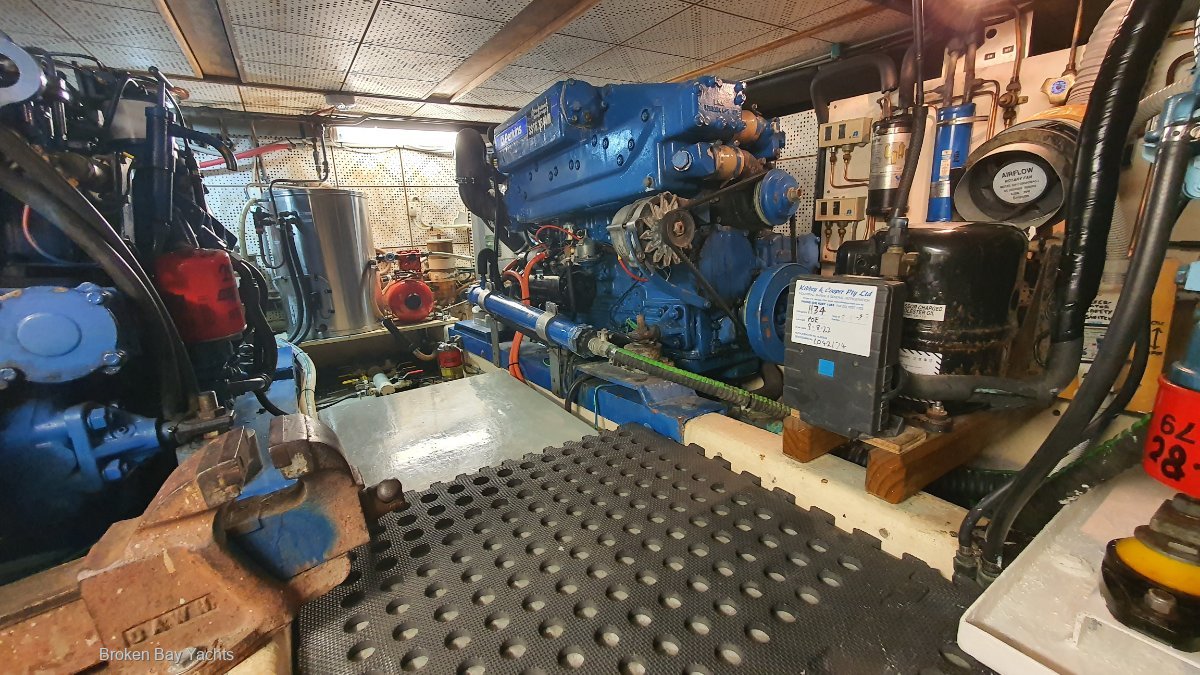
 https://www.boatsonline.com.au/boats-for-sale/used/power-boats/exceptional-58ft-timber-motor-cruiser/288380
https://www.boatsonline.com.au/boats-for-sale/used/power-boats/exceptional-58ft-timber-motor-cruiser/288380